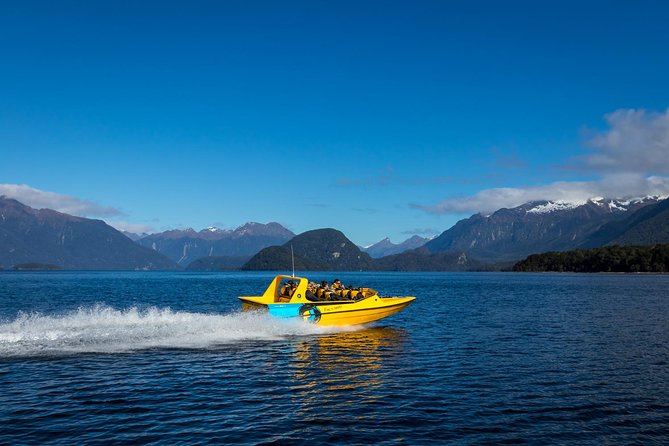How big is Uranus compared to Earth?
If you’re wondering how big Uranus is compared to the other planets in the solar system, then you’re not alone. As one of the furthest planets out from the Sun and an object we still know little about in comparison to the terrestrial planets, Uranus still has a lot of questions that need to be answered. Fortunately, we know how big it is in relation to other planets, including our own.
Uranus has a radius of 15759 miles, whilst the Earth has a radius of 3963 miles. This means that Uranus is almost exactly four times the size of the Earth, just a little bit smaller than that measurement. Uranus is the seventh planet away from the Sun, which means that it’s quite a distance away from us.
And actually, it’s not the only planet to be around 4 times the size of our Earth as the other gas giant planets are also extremely large. Both Uranus and Neptune are of a similar size, though although Uranus is a little big bigger, it has a slightly lower mass than its fellow ice giant. Both planets are made up primarily of ice and water, which separates them from the likes of Saturn and Jupiter.
As the third largest of the three planets, it’s also worth looking at the mass of Uranus too. As mentioned, it’s a little bit less massive than Neptune, but it is still 14.5x more massive than Earth. The Earth is actually the most massive of all of the terrestrial planets at 5.97 x 1024 kg, but this still pales in comparison to Uranus, which has a mass of 86.8 x 1024 kg (the smallest of the Jovian planets).
Another aspect of the two planets we can compare to one another is the volume. Earth has a volume of 260 billion cubic miles, whilst Uranus has a volume of 6.83×1013 cubic kilometers, whilst Earth has a volume of 1.08×1012 cubic kilometers. This means that you could fit around 63 full Earths inside the planet Uranus. You can find more unique facts about Uranus here.
Something we like to do is imagine that you could walk across the surface of a planet. If we measure Uranus all the way around at its equator, then it measures at around 99,018 miles. Depending on how many miles you could walk per day, it’s safe to say that it would take you a few years to make it the whole way around the planet.
Now, obviously this is all hypothetical, as it’d be impossible for a human to walk along the equator of Uranus due to its composition – it’s primarily made up of ice and water, with a thick has surrounding it. Unlike Neptune, which we think has a rocky core a similar size to Earth, astronomers aren’t exactly sure what’s at the center of Uranus. However, it’s thought that its center is made completely of ice and water as opposed to rock.
With a surface area of 8.083 billion km², there’s definitely a lot of the planet to explore. And so far, we’ve only flown up close to Uranus the one time, back in 1986 with the Voyager 2 spacecraft. We flew within 50,000 miles of the planet, and it took almost 9 years for it to get there from Earth. The Voyager 2 spacecraft is still going, and is now somewhere in interstellar space gathering more information.
To sum it up, even though Uranus isn’t one of the two biggest planets in the solar system, it’s still quite a bit larger than Earth, and it represents a big jump in size between those closer to the Sun and those further away. As the third largest planet of the ones in our solar system, it still has a large size and mass. Much of this is down to its composition, as although there’s a lot of water and ice in the planet, it also has a fair amount of gas too.




